It's a great way to see fish and coral up close. But first, you need to choose the right mask. There are two main types: traditional masks and full-face masks. Both have good and bad points, and work better for different people and situations. This guide will compare them to help you pick the one that's best for you. We'll look at how they're made, what they're good for, and what to think about when you're deciding.

Traditional Snorkel Masks: A Time-Tested Design
Snorkel masks have been traditional masks for many decades. Part of their continued appeal is based on a variety of their simplicity and effectiveness.
Design and Components
On the surface, the design of a classic-style mask may seem rather unsophisticated in design; however, it is remarkably brilliant in concept. In design, it has two main parts:
- The mask: This covers your eyes and nose, having a waterproof seal around your face. It includes a nose pocket, which allows you to equilibrate pressure when going deeper.
- The snorkel tube: This is separate from the mask and then attaches to the side of your head. It includes a mouthpiece that you bite down on while breathing to keep it in place.
Advantages of Traditional Masks
Traditional masks have a few advantages that have kept them in use among snorkelers and divers, including the following:
- Portability: Traditional masks are relatively compact and light, which is great for travel.
- Water Clearing: Because the snorkel tube is separate, water can be rapidly cleared out. In fact, it usually takes no more than to release a sharp exhalation to remove any water that has entered the tube.
- Diving Capability: Traditional masks work great for those who dive under the water. Their construction makes it seamless to equalize the pressure in your sinuses.
Potential Drawbacks
Despite their advantages, traditional masks do have some limitations:
- Restricted View: The mask's design can limit your peripheral vision, potentially causing you to miss sights to your sides.
- Jaw Discomfort: Holding the snorkel in your mouth for extended periods may lead to jaw fatigue or soreness.
- Fog Formation: Traditional masks are prone to fogging up, which can obstruct your view. While anti-fog sprays can help, it remains a common issue.
For many snorkelers, the familiar design and versatility outweigh the drawbacks, making them a reliable choice for underwater adventures.

Full-Face Snorkel Masks: A New Way to Snorkel
Full-face masks are a newer type of snorkeling gear. They work differently from traditional masks.
How They're Made
Full-face masks have two main features:
- All-in-one design: The mask and breathing tube are connected. You don't need separate parts.
- Covers your whole face: The mask goes from your forehead to your chin, covering your entire face.
Good Points
People like full-face masks for several reasons:
- See More: The big front window lets you see more of what's around you underwater. You can spot fish and coral more easily.
- Breathe Easily: You can breathe through your nose or mouth, just like on land. This feels more natural, especially for beginners.
- Less Foggy: These masks don't fog up as much as traditional ones. The design helps air move around better inside the mask.
Not-So-Good Points
Full-face masks also have some downsides:
- Not for Deep Swimming: You can't dive underwater with these masks. They're only good for swimming on the surface.
- Safety Worries: Some people worry about breathing problems with these masks. It's important to buy a good quality mask and learn how to use it properly.
Full-face masks can be great for relaxed snorkeling on the surface. But they're not the best choice if you want to dive or need something very portable.

How to Choose the Right Snorkel Mask: Key Factors to Consider
Choosing the best snorkel mask is not merely a matter of choosing a style that looks good to you. There are a number of considerations that will determine which one is for you and how good your snorkeling adventure will be.
Experience Level
Beginners will want to stay with full-face masks due to their ease of use and natural breathing. These masks would allow beginners to take in the underwater scenery around them without having to be overly concerned with techniques. Advanced snorkelers will tend more toward traditional masks. Traditional masks allow for variations in use, such as diving and equalization.
Intended Use
Full-face masks are perfect for leisurely swimming on the surface and for observing sea life. In case you want to see what's beneath the waves, though, or if you are interested in free diving, you'll need a more traditional mask.
Comfort and Fit
A good experience requires a well-fitting mask. The big sealing area on full-face masks is great and often more comfortable for some. Traditional masks can be made in more size options and are perhaps better for small/narrower faces. If possible, try on the masks. A good fit should create a seal without being too tight or causing pressure points.
Breathing Preferences
Think about how you like to breathe. Traditional masks require you to breathe through your mouth only, whereas full-face masks allow nose-and-mouth breathing. If you have sinus issues or tend to get claustrophobic in a traditional mask, you may find a full-face mask more comfortable.
Water Conditions
Another important factor is the environment within which one is snorkeling. In quiet waters, both mask types work fine. In rough seas, the traditional masks are considered much safer since there's less chance of them filling completely if a wave hits.

Safety Considerations for Snorkel Masks
Snorkeling is generally a very safe activity; however, there are some different mask types that come with associated risk.
Proper Fit and Seal
The fitting of a mask plays a major role in comfort and safety. If it's too loose, water may creep in, which might make you uncomfortable or worried. If it's too tight, it hurts your face or gives you a headache.
For regular masks, it has to seal the edges all over your face. Full-face masks have to be checked to see if it seals properly all the way around. Always try your mask in shallow water first before you go any deeper.
CO2 Buildup Risks in Full-Face Masks
Some people worry about carbon dioxide building up in full-face masks. This is mainly a problem with poorly made masks. Good full-face masks should let the air you breathe out escape easily.
To stay safe, buy a mask from a good brand, like G2RISE, and follow the instructions. Take the mask off now and then to breathe normally. If you feel dizzy or can't breathe well with a full-face mask, take it off right away.
Importance of Choosing Quality Products
A good quality mask can be safer and work better. Cheap masks might leak, get foggy, or not handle air properly in full-face types.
When buying a mask, look for well-known brands that other people say are good. They might cost more, but good masks last longer, feel better, and are safer. Your mask is very important for seeing underwater, so it's worth getting a good one.

Find the Ideal Snorkel Mask!
Choosing the right snorkel mask can make your underwater experience much better. Traditional masks are good for diving and experienced snorkelers. Full-face masks work well for beginners and surface swimming. Think about what you want to do in the water and how comfortable the mask feels. Always pick a safe, high-quality mask that fits well. With the right mask, you'll be ready to enjoy the amazing sights under the sea. Consider your needs, try different masks if you can, and get ready for a great time snorkeling!
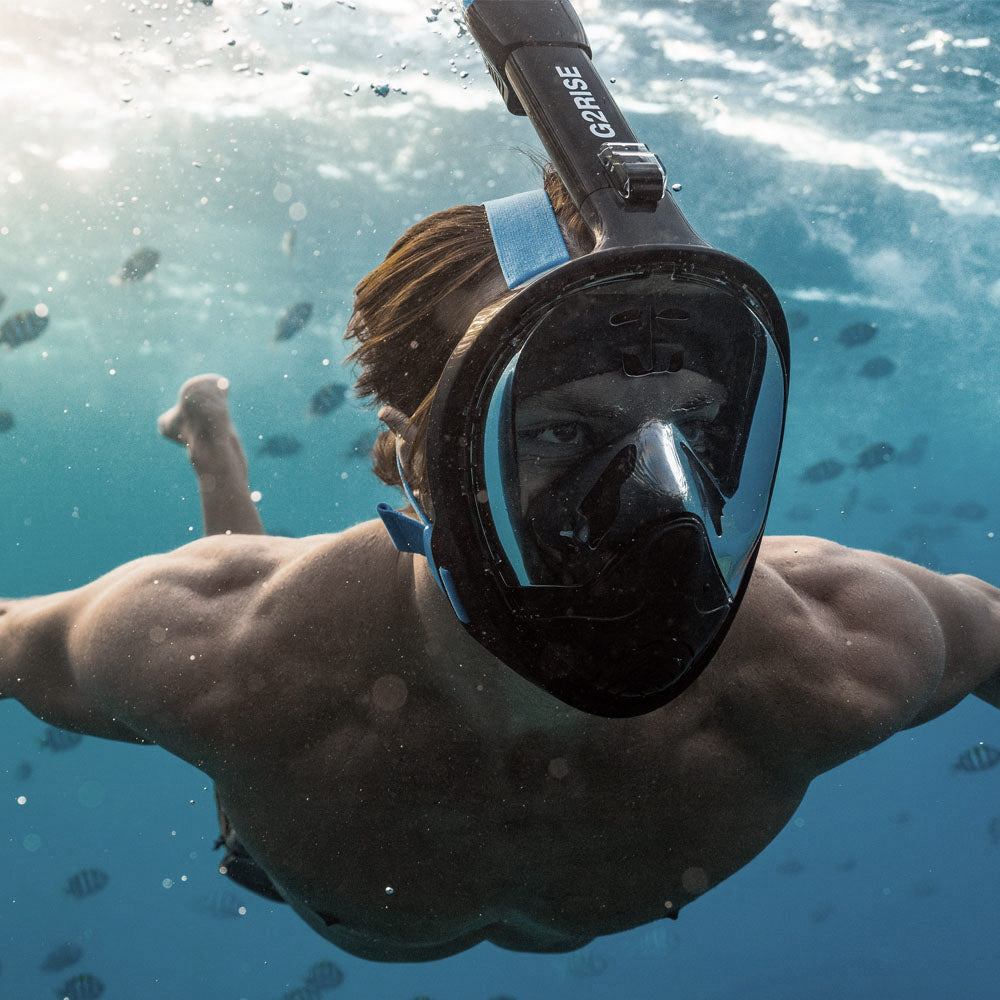
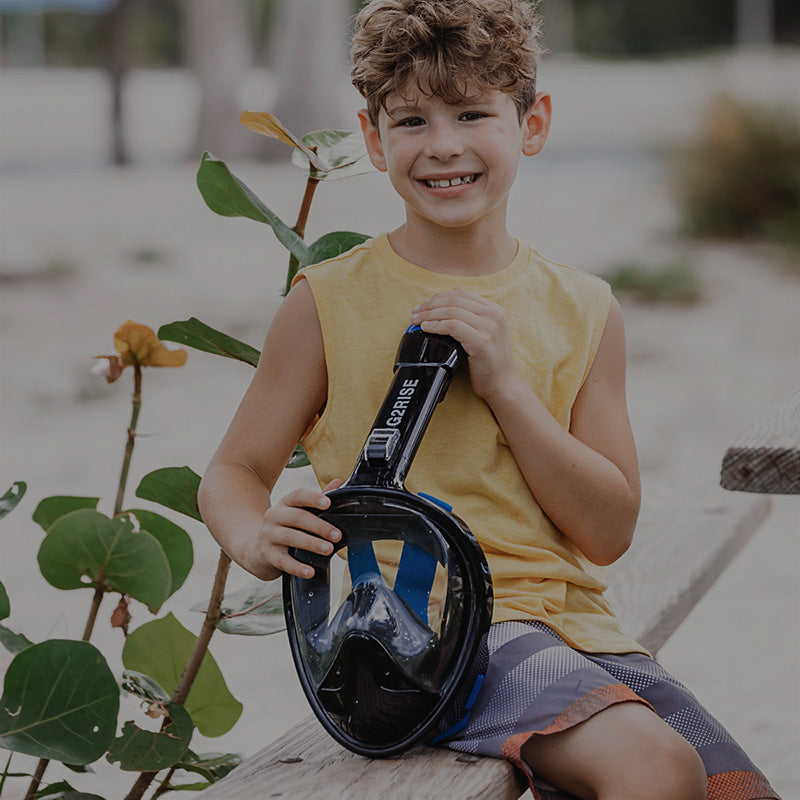

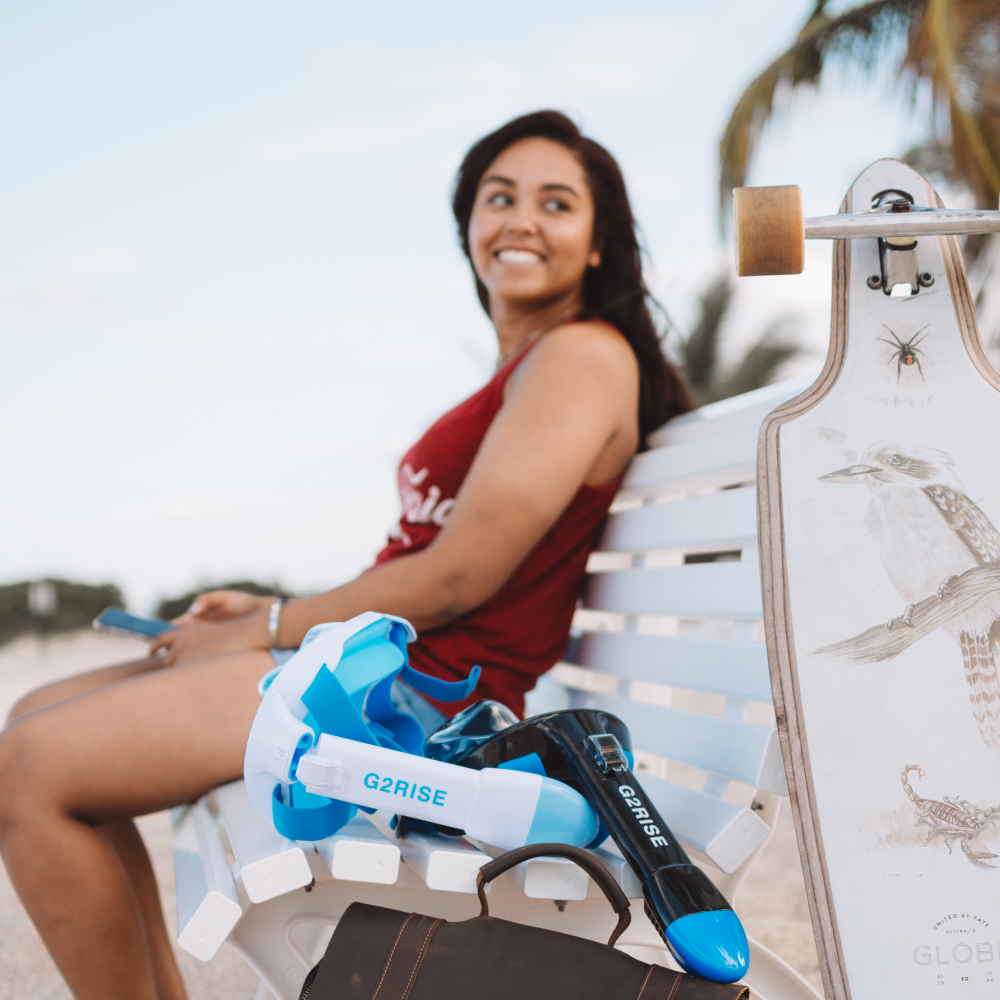
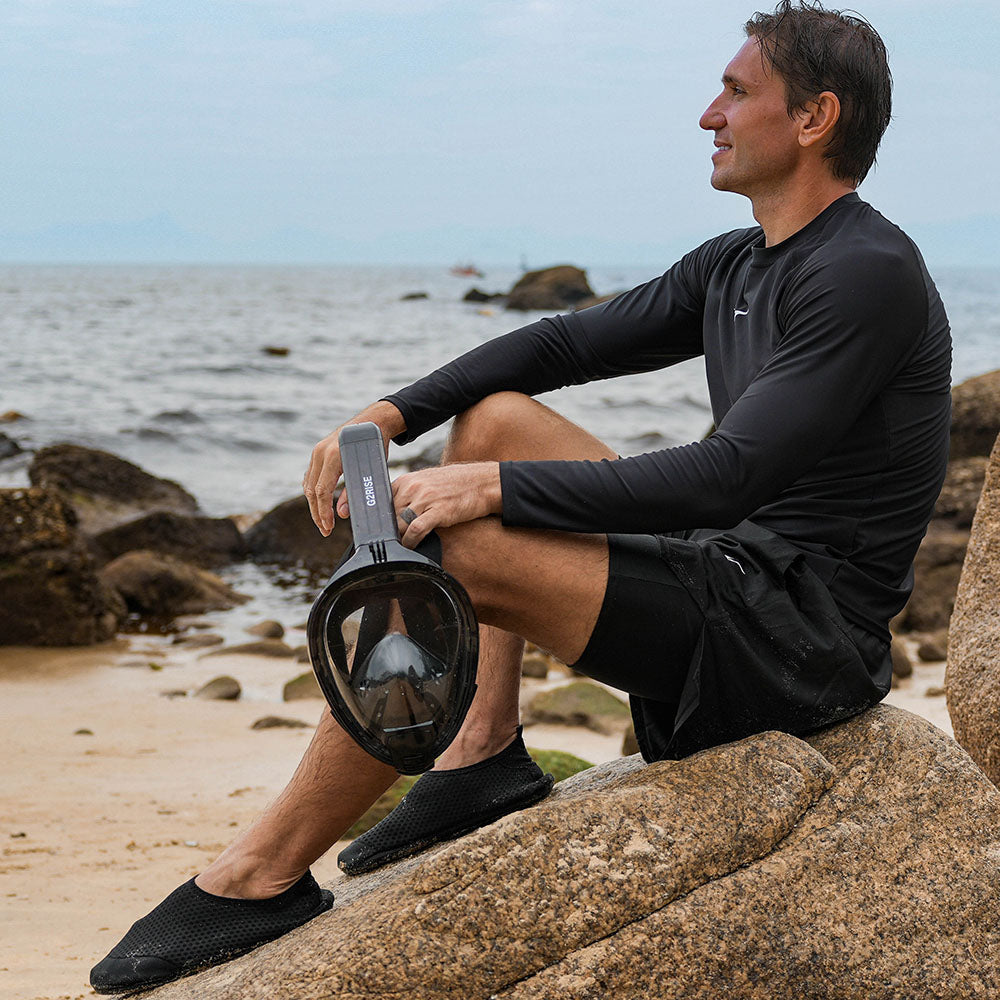

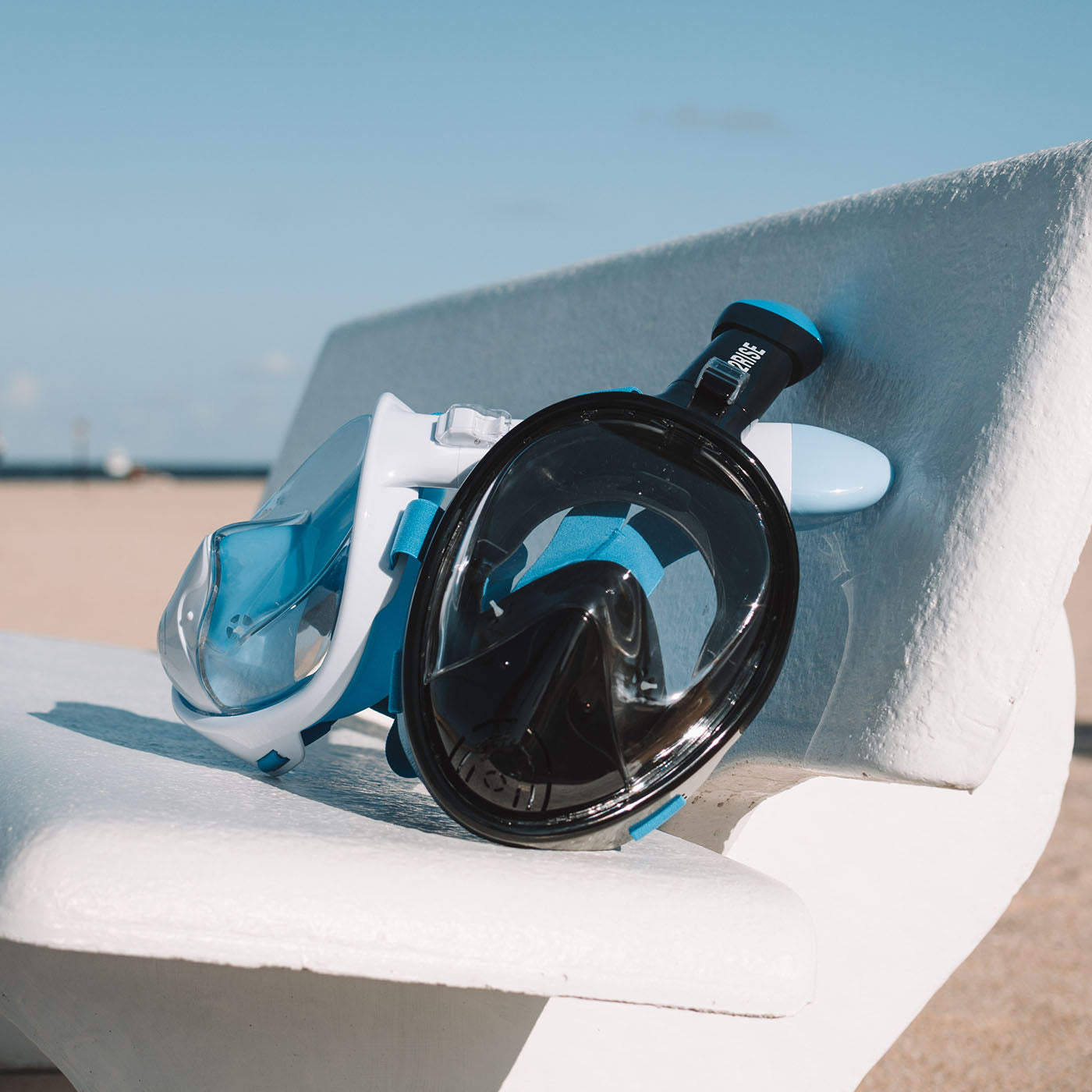
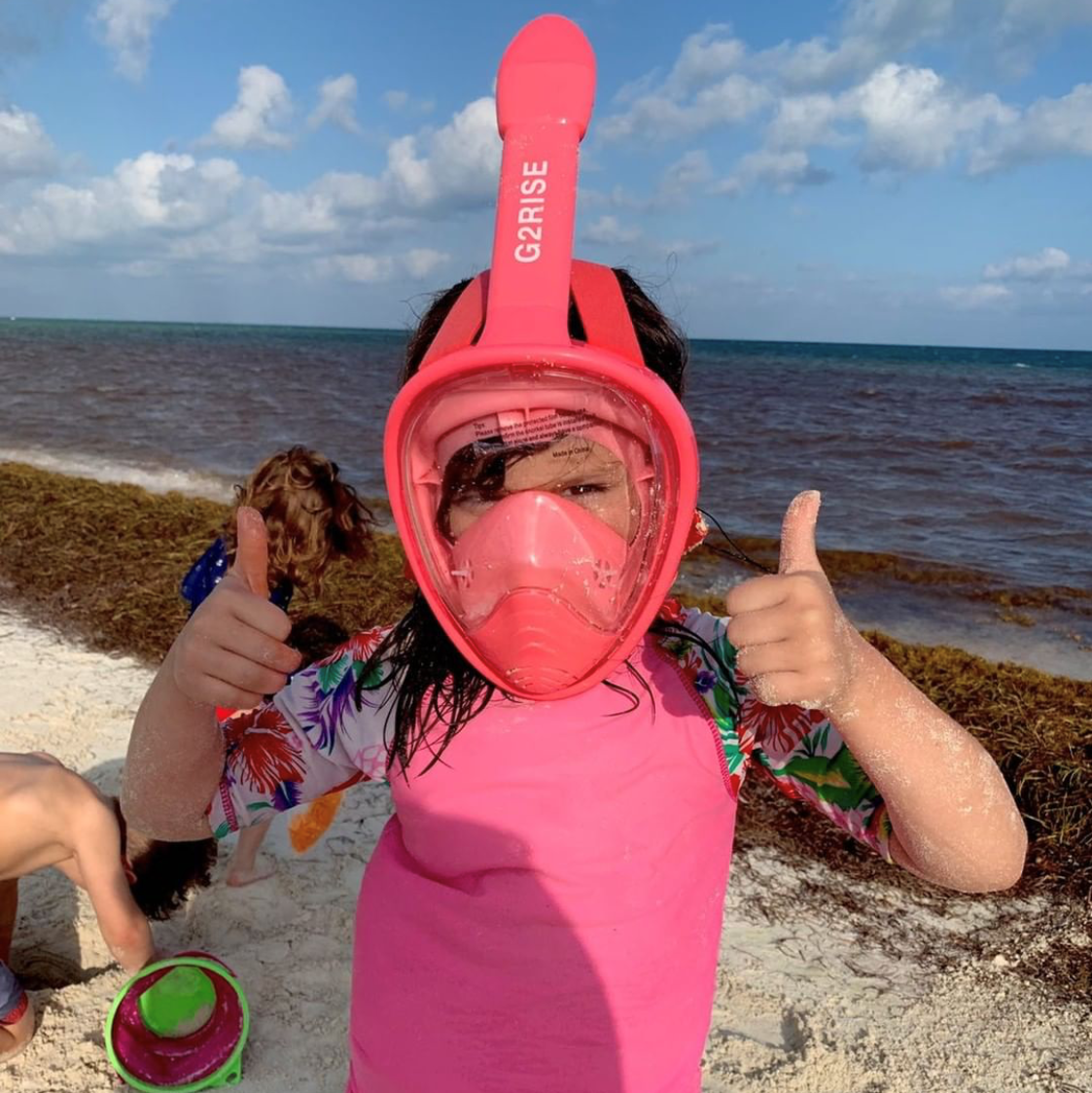
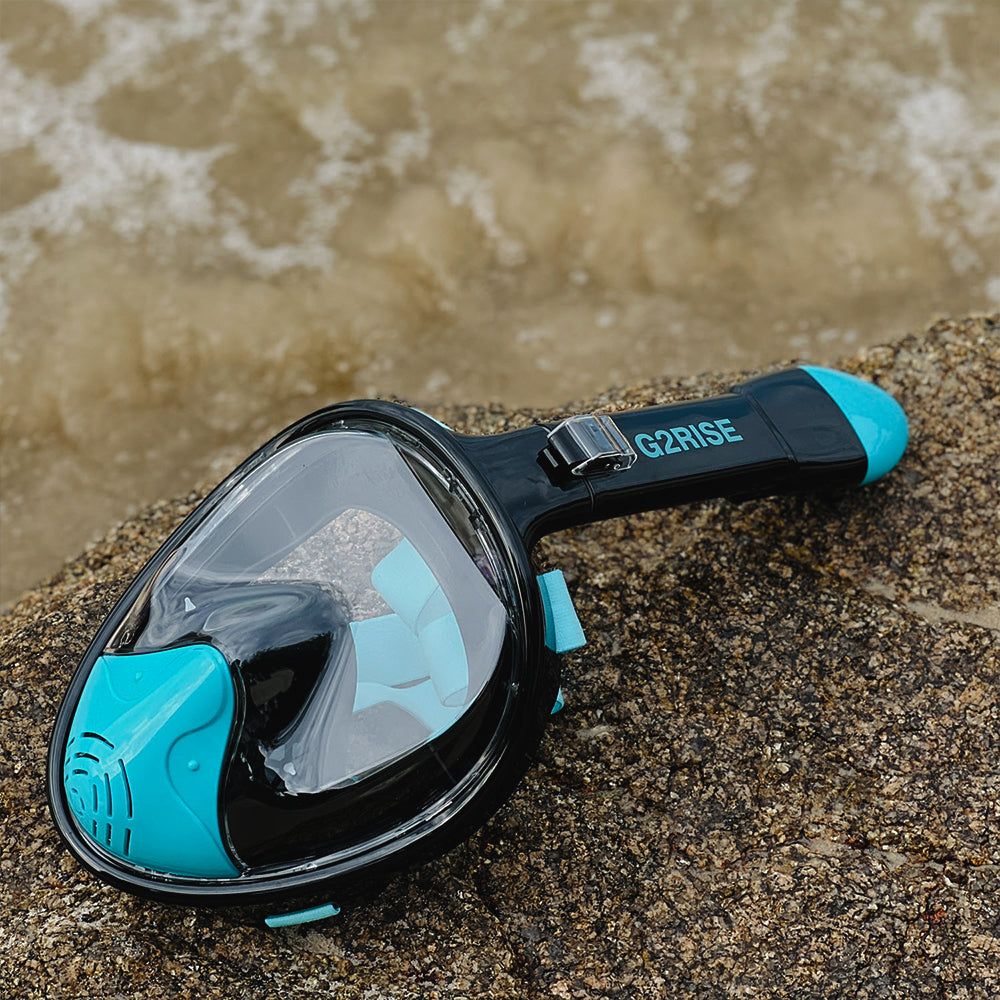
Leave a comment
This site is protected by hCaptcha and the hCaptcha Privacy Policy and Terms of Service apply.